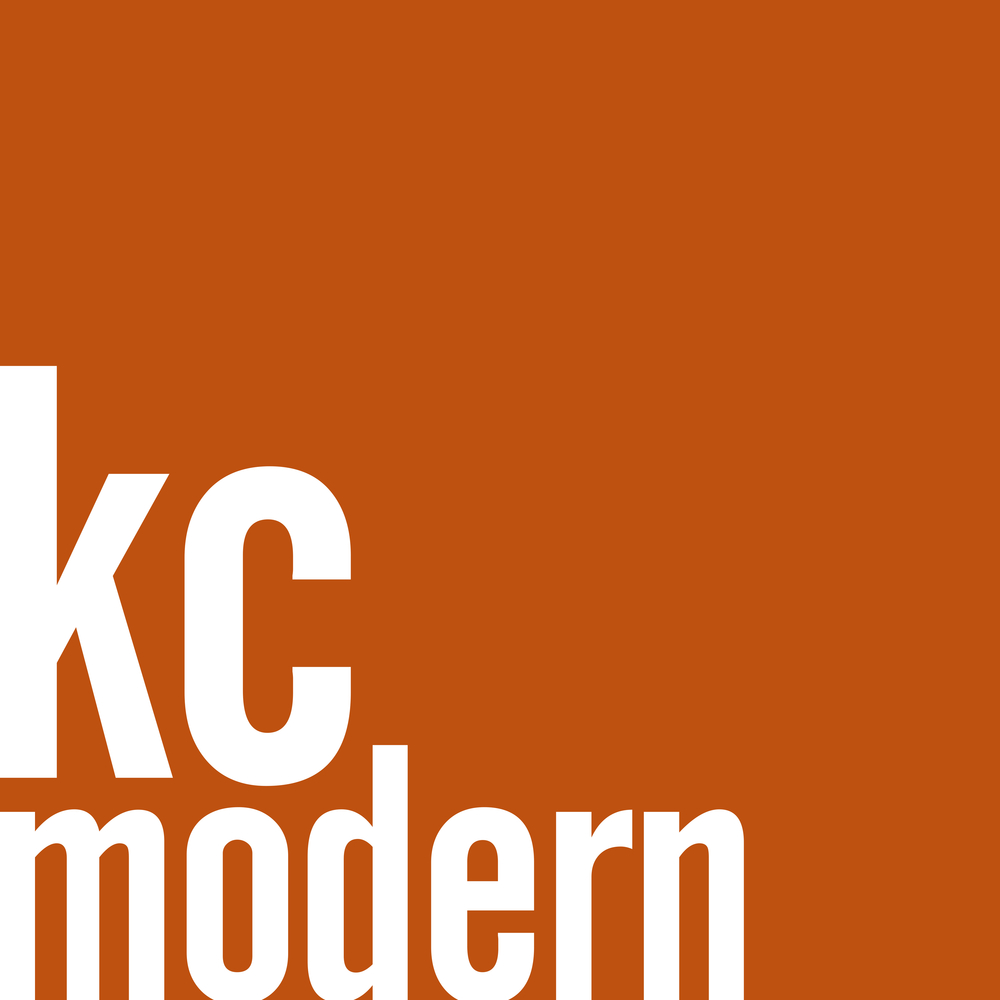Some people may say I am obsessed, but I cannot get enough of the Casa Ricardo Hotel in Kingsville Texas by Kansas City Architect, Louis S. Curtiss. I dug a little deeper online and found some very old photos of the building.
 View from the top of a train looking back at the Casa Ricardo entry gates and the courtyard of the hotel.
View from the top of a train looking back at the Casa Ricardo entry gates and the courtyard of the hotel.
 View from the Casa Ricardo Hotel balcony back towards the in-hotel, Harvey House Restaurant. You have to love the quintessential Louis Curtiss detailing of the ironwork in this photo.
View from the Casa Ricardo Hotel balcony back towards the in-hotel, Harvey House Restaurant. You have to love the quintessential Louis Curtiss detailing of the ironwork in this photo.
 View from the Casa Ricardo back to the hotel entry gate and the waiting train with the Kings Inn Theatre in the distance. The hipped roof train station, built in 1904 by the Saint Louis, Brownsville & Mexico Railroad is visible to the right just beyond the train. This is the present location of the Louis S. Curtiss Mystery Urns.
View from the Casa Ricardo back to the hotel entry gate and the waiting train with the Kings Inn Theatre in the distance. The hipped roof train station, built in 1904 by the Saint Louis, Brownsville & Mexico Railroad is visible to the right just beyond the train. This is the present location of the Louis S. Curtiss Mystery Urns.
Casa Ricardo Hotel in the 1910's or 1920's judging from the Model T Ford.
 View from the top of a train looking back at the Casa Ricardo entry gates and the courtyard of the hotel.
View from the top of a train looking back at the Casa Ricardo entry gates and the courtyard of the hotel. View from the Casa Ricardo Hotel balcony back towards the in-hotel, Harvey House Restaurant. You have to love the quintessential Louis Curtiss detailing of the ironwork in this photo.
View from the Casa Ricardo Hotel balcony back towards the in-hotel, Harvey House Restaurant. You have to love the quintessential Louis Curtiss detailing of the ironwork in this photo. View from the Casa Ricardo back to the hotel entry gate and the waiting train with the Kings Inn Theatre in the distance. The hipped roof train station, built in 1904 by the Saint Louis, Brownsville & Mexico Railroad is visible to the right just beyond the train. This is the present location of the Louis S. Curtiss Mystery Urns.
View from the Casa Ricardo back to the hotel entry gate and the waiting train with the Kings Inn Theatre in the distance. The hipped roof train station, built in 1904 by the Saint Louis, Brownsville & Mexico Railroad is visible to the right just beyond the train. This is the present location of the Louis S. Curtiss Mystery Urns.


 I was able to find a few additional postcard images of various vintages of the
I was able to find a few additional postcard images of various vintages of the  This image appears to be from the early 1930's judging from the Model A Fords in the parking lot.
This image appears to be from the early 1930's judging from the Model A Fords in the parking lot. Judging from the cars this one is from the 1940's.
Judging from the cars this one is from the 1940's.



 I was
I was  More to come....
More to come....